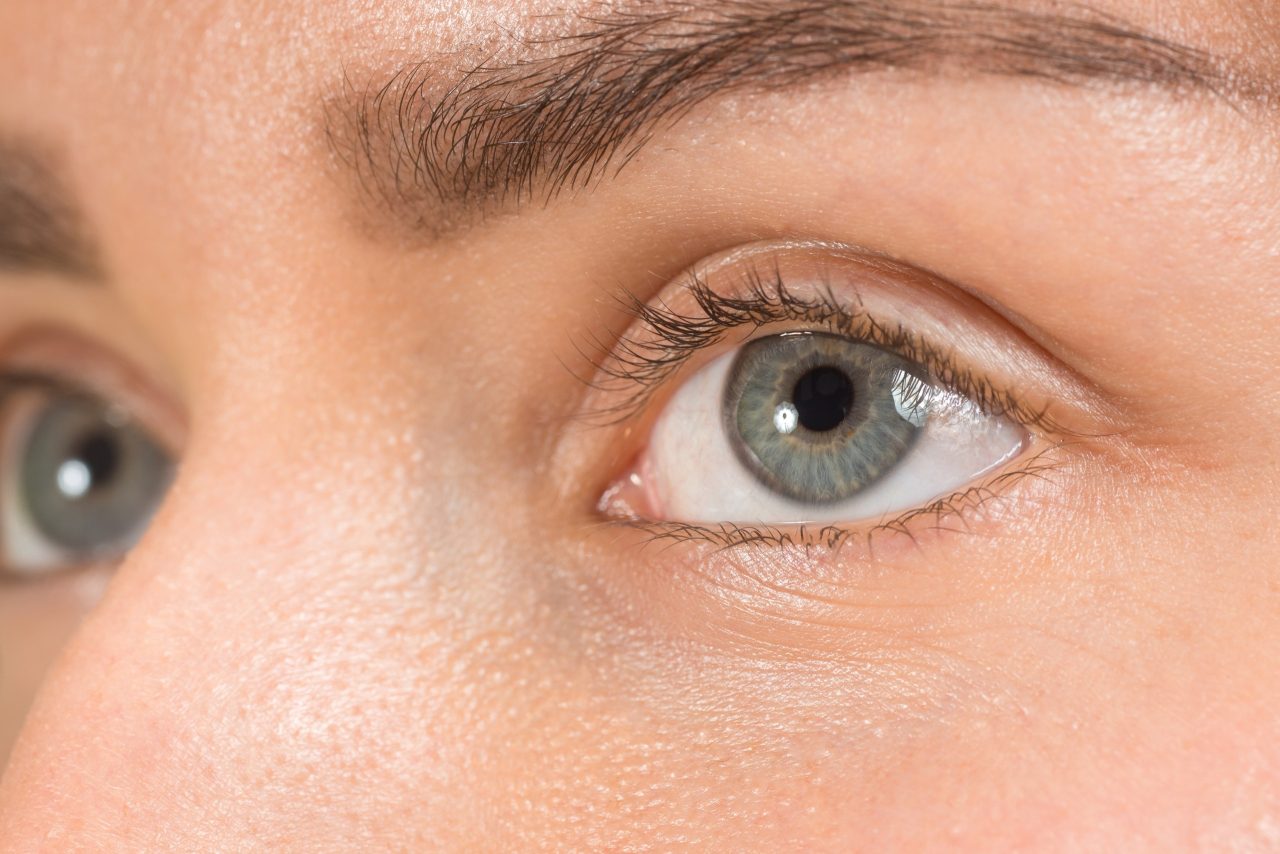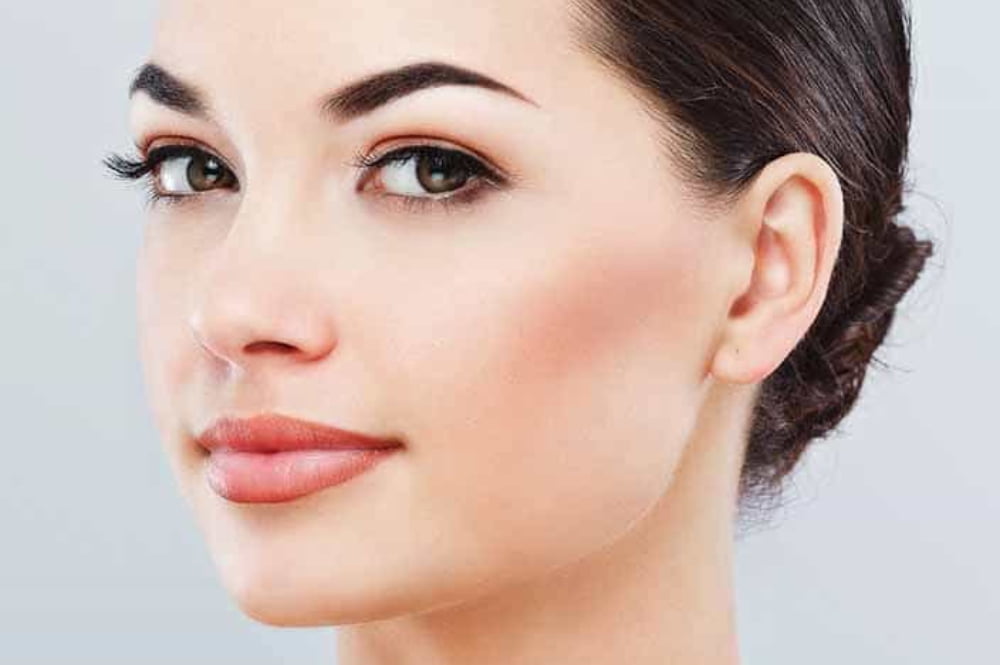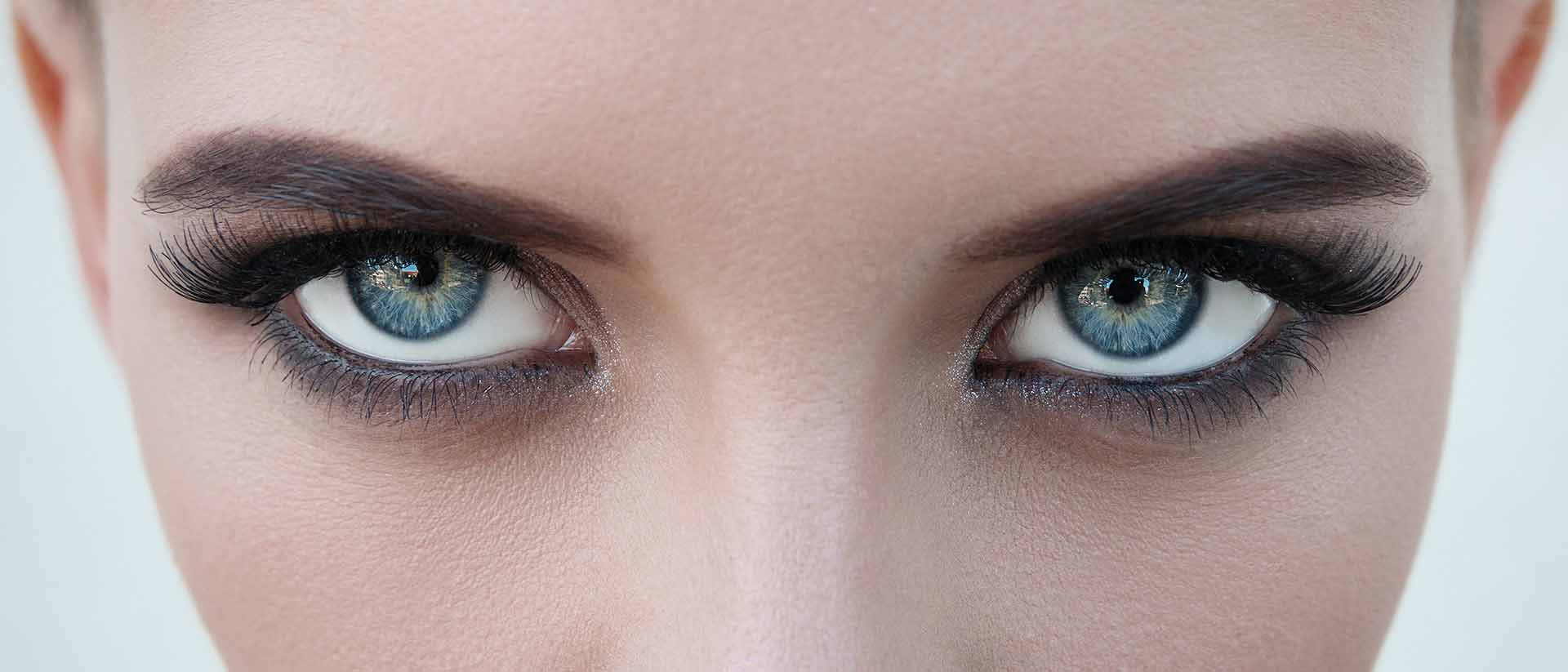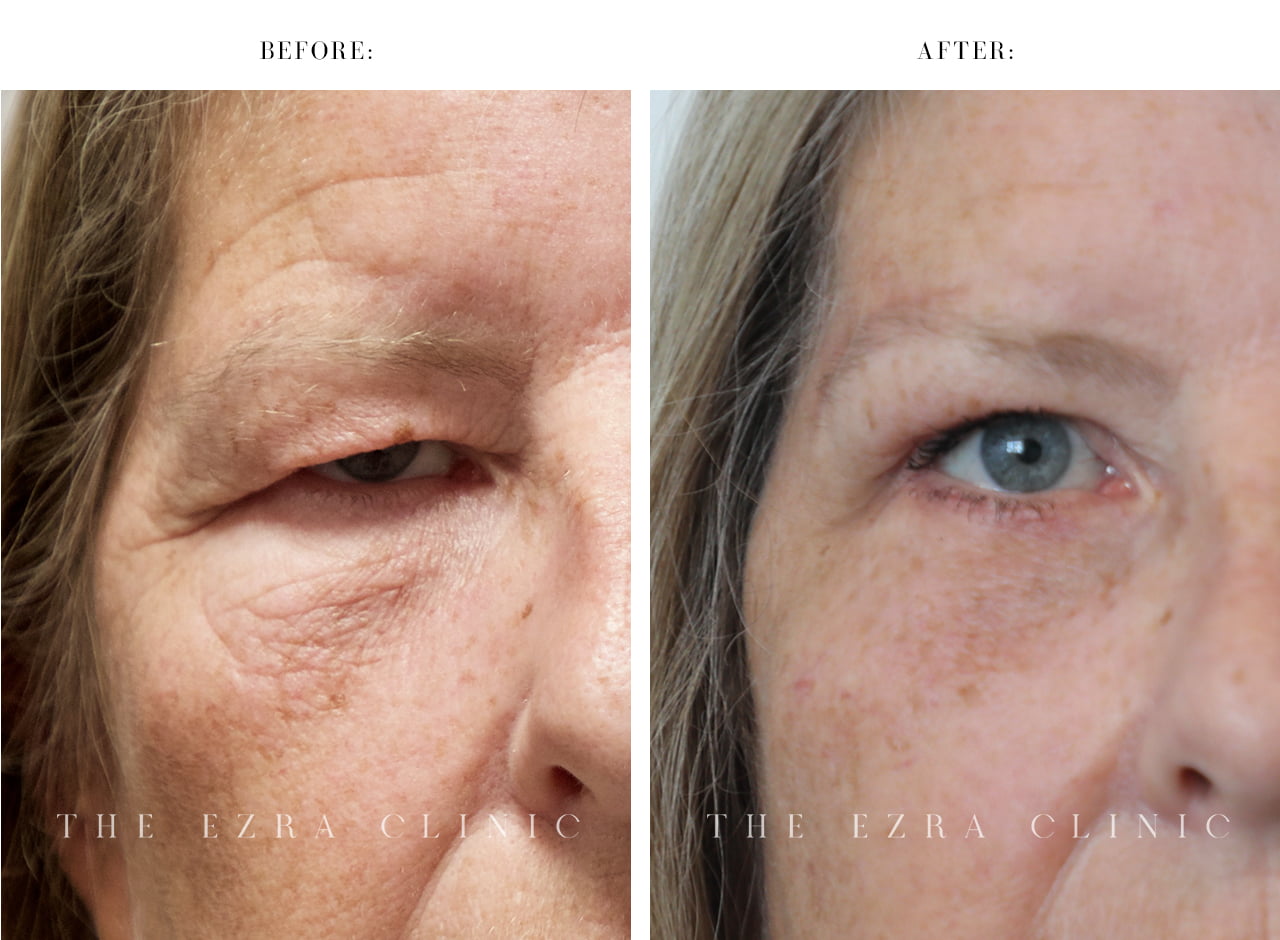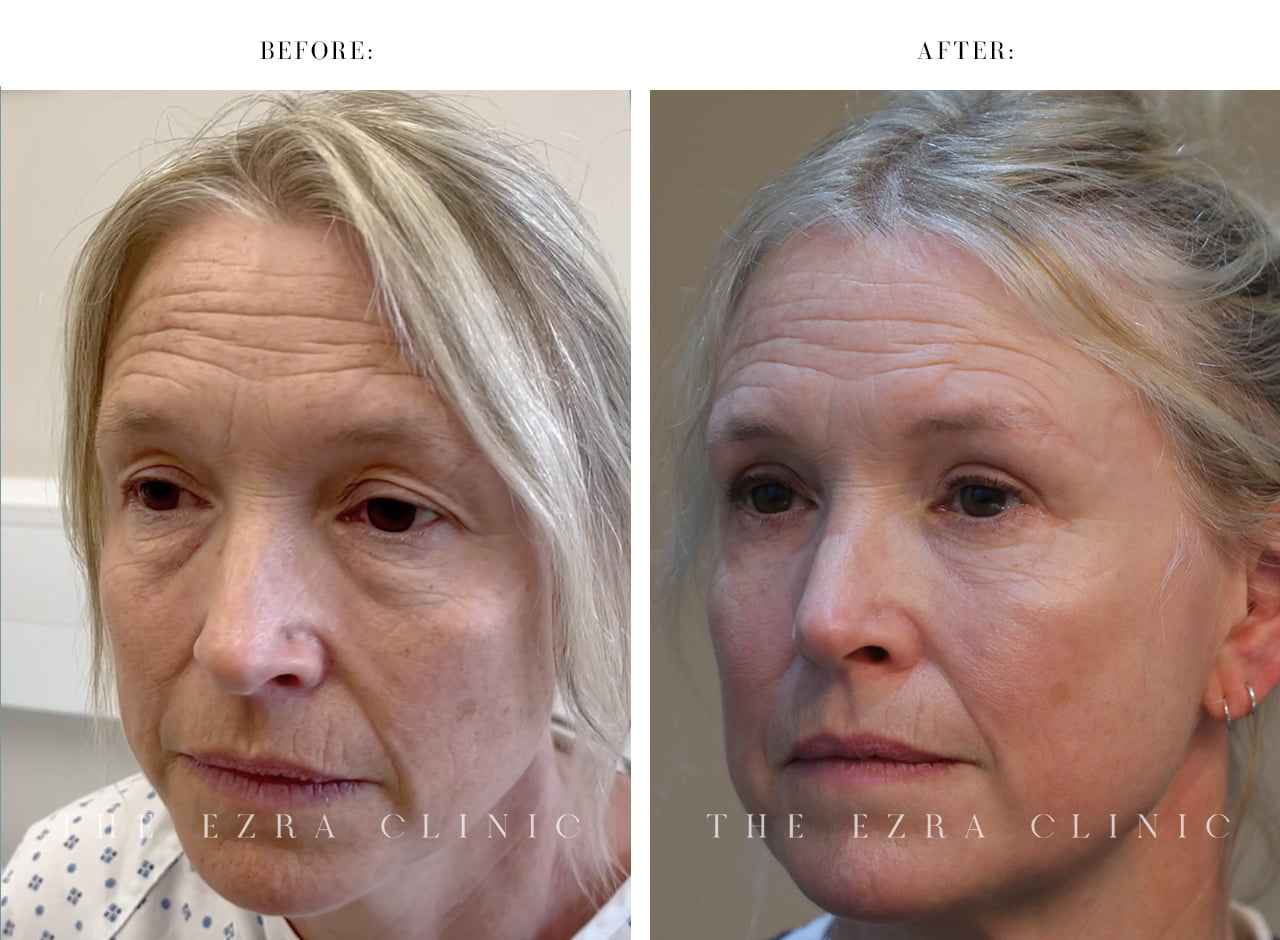Types of Brow Lift
At The Ezra Clinic, we recognise that surgical brow lifting is among the most nuanced of aesthetic procedures, requiring a high degree of precision and expertise. The range of brow lifting techniques is wide and can be confusing. Our clinic offers a wide range of these treatments, custom selected to meet your needs and expectations.
Endoscopic Brow Lift
One of the most common methods is the endoscopic brow lift, or keyhole brow lift, which hides between three and five small incisions on the scalp, behind the hairline. A surgical telescope (endoscope) is then passed through these and is used to visualise the areas requiring lifting, via a small camera.
The images are shown on a screen so that the surgeon can see where to operate on the tissue and muscles behind the hairline. The area will be lifted, and stitches or tiny temporary screws will keep it in place. You will not be able to see these due to the careful positioning behind the hairline. The endoscopic lift eyebrow surgery is for mild to moderate brow droop.
Internal Browpexy (Transblepharoplasty)
This procedure is suggested for mild brow ptosis if blepharoplasty or another type of upper eyelid surgery is also being considered. This technique allows for a minimally invasive approach through the same incision as the blepharoplasty, meaning that there is no additional downtime. The drawback is that it is not always effective, given the minimally invasive nature of the technique.
Direct Brow Lift
This is a powerful and effective eyebrow surgery lift that offers excellent and long-lasting outcomes, and requires a small incision just above the eyebrow hairline. The downside is that there is a scar along the upper brow line. The scar is usually very light, but in patients with very thin brow hair, this can be noticeable. However, the effects are usually long-lasting and highly effective.
Temporal Brow lift
This refers to a brow lift concentrating on lifting the outer part of the brow. This is usually performed through an incision behind the hairline and may require the removal of hair-bearing skin.
Chemical Brow Lift
Sometimes called the mini brow lift, BoNT and other chemicals work to adjust your brow in this treatment. Using a combination of BoNT and filler injections, the brow can be reshaped and lifted considerably. Essentially, by weakening depressor muscles and providing filler-based lift, a very significant improvement can be achieved. Brow lift injections are less invasive than full surgery, but the results may not be as dramatic.
Other procedures to address brow droop involve larger incisions along the hairline or forehead, such as a coronal brow lift, and can also be offered in selected cases.
